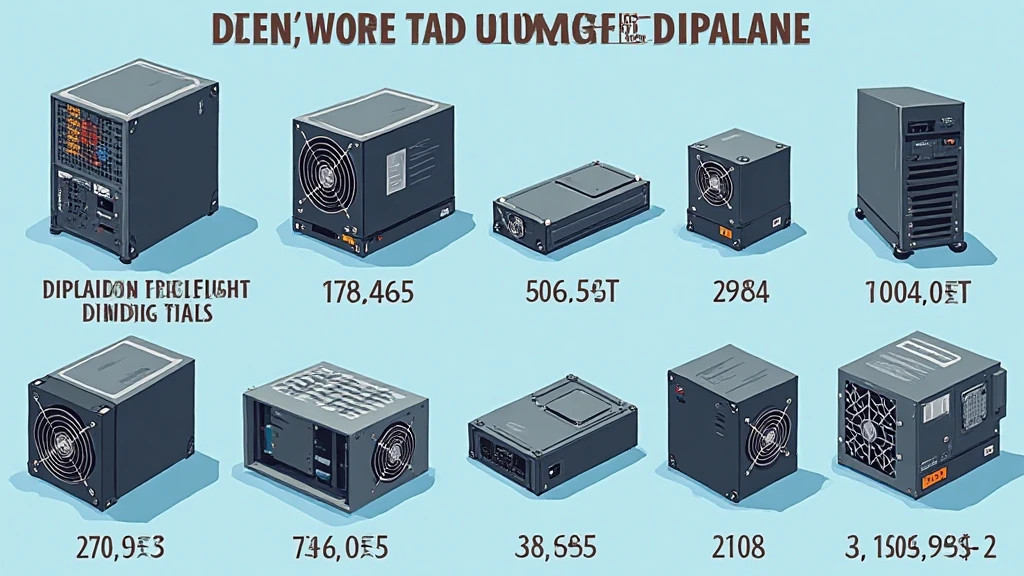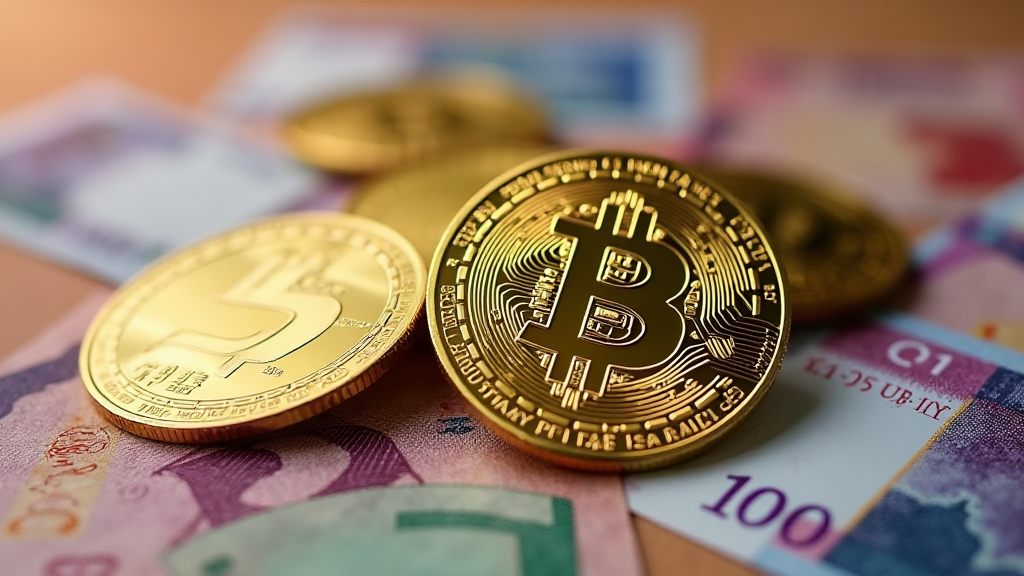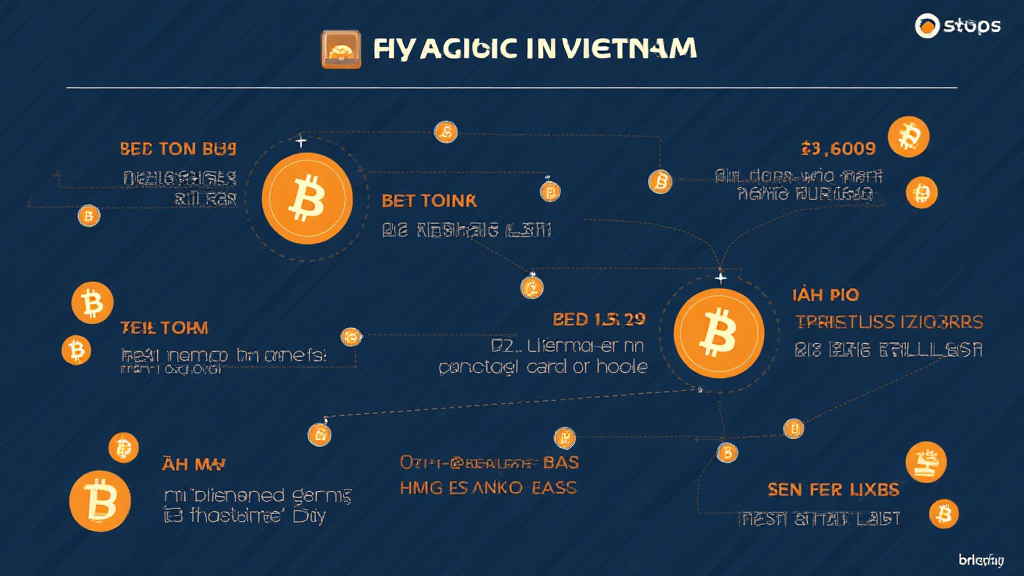Introduction: The Cost of Bitcoin Mining
The world of cryptocurrency, particularly Bitcoin, is an exciting yet complex realm. In 2024 alone, the Bitcoin mining industry has accounted for $4.1 billion in energy costs. A key aspect of becoming a successful miner involves understanding the depreciation of your mining equipment. This is crucial for calculating your operational costs and assessing the profitability of your mining endeavor.
So, what exactly is Bitcoin mining equipment depreciation? Simply put, it refers to the reduction in value of your mining rigs over time due to wear and tear, obsolescence, and other factors. With the rapid advancements in mining technology, understanding and managing this depreciation is essential for miners looking to optimize their investment.
Understanding Bitcoin Mining Equipment
Bitcoin mining hardware varies in terms of performance, energy efficiency, and cost. Here’s a brief overview of the types of equipment used:

- ASIC Miners: These specialized devices are built solely for mining Bitcoin and have a high hash rate.
- GPU Miners: These are general-purpose graphics processing units used not just for mining but also for gaming and rendering.
- CPU Miners: Central processing units can mine Bitcoin but are usually not as efficient as ASIC miners.
As the mining landscape evolves, newer and more efficient equipment consistently emerges, putting older models at risk of rapid depreciation. This is important for miners to keep in mind when making investment decisions.
How Depreciation Works in Bitcoin Mining
Depreciation fundamentally changes how you perceive the value of your mining setup. Depreciation can be calculated through various methods such as:
- Straight-Line Depreciation: This method allocates the same depreciation expense each year over the useful life of the asset.
- Declining Balance Method: This approach accelerates depreciation in the earlier years of the asset’s life.
For instance, if a miner purchases an ASIC miner for $2,000 with a useful life of four years, using the straight-line method, the annual depreciation expense would be $500. Understanding your depreciation helps you establish your cost basis, allowing you to make informed decisions about when to upgrade or replace your mining hardware.
The Financial Impact of Equipment Depreciation
Depreciation affects not just your equipment’s residual value but also your overall profitability in Bitcoin mining. Here’s why it is crucial:
- Tax Deductions: In many jurisdictions, the depreciation of mining equipment can be written off as an expense, thus lowering taxable income.
- Cash Flow Management: Understanding your depreciation schedule aids in better planning and resource allocation, ensuring you maintain positive cash flow.
Furthermore, as per the statistics from the Blockchain Association, a successful miner can expect to recover nearly 30% of their initial investments via tax write-offs. This makes correct assessments of depreciation all the more vital.
Maintenance and Longevity of Bitcoin Mining Equipment
To combat depreciation, proper maintenance and care for your mining equipment are essential. Consider the following strategies for extending the life of your miners:
- Regular Cleaning: Dust and dirt can cause overheating and reduce performance.
- Optimizing Cooling: Ensure adequate ventilation and cooling to maintain optimal operational temperatures.
Investing time into maintaining your equipment can yield significant returns by prolonging its productive life and enhancing its efficiency, thereby reducing your depreciation costs.
Vietnam’s Bitcoin Mining Market: Opportunities and Challenges
With the increasing rate of Bitcoin adoption in Vietnam, coupled with the country’s rapid growth in user base, hitting 250% in just the last two years, the mining sector sees promising opportunities. However, there are challenges, including regulatory constraints and energy costs, that miners must navigate.
In Vietnam, understanding local market dynamics and depreciation strategies uniquely positions miners to seize opportunities. Whether you are using high-end ASIC rigs or more straightforward GPU setups, managing your depreciation in the face of evolving regulations is crucial.
Future Trends in Bitcoin Mining Equipment and Depreciation
As technology advances, miners can expect better and more energy-efficient equipment to emerge. By 2025, predictions suggest that the global Bitcoin mining landscape will shift significantly as newer, more efficient models enter the market. Consequently, those miners who embrace technology upgrades proactively will potentially avoid the pitfalls of rapid depreciation.
Staying informed and making strategic investments based on evolving trends ensures that miners can optimize their profitability while effectively managing equipment depreciation.
Conclusion: Maximize Profitability through Smart Depreciation Management
To successfully navigate the world of Bitcoin mining, understanding equipment depreciation is essential. From calculating depreciation rates to employing proper maintenance strategies, such knowledge will aid in maximizing your mining profitability. With the right approach, you can ensure that your initial investments yield sustained returns and that you stay competitive in this rapidly changing market.
In summary, managing Bitcoin mining equipment depreciation is not only crucial for assessing profitability but is also integral to uncovering tax benefits and planning future investments. Explore different methods, leverage local market insights, and most importantly, stay updated on technology changes that can drastically affect your bottom line.
For more insights, visit cryptocoinnewstoday.





